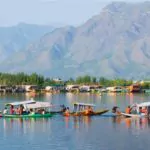Travel Tips: Best Time To Visit Vietnam
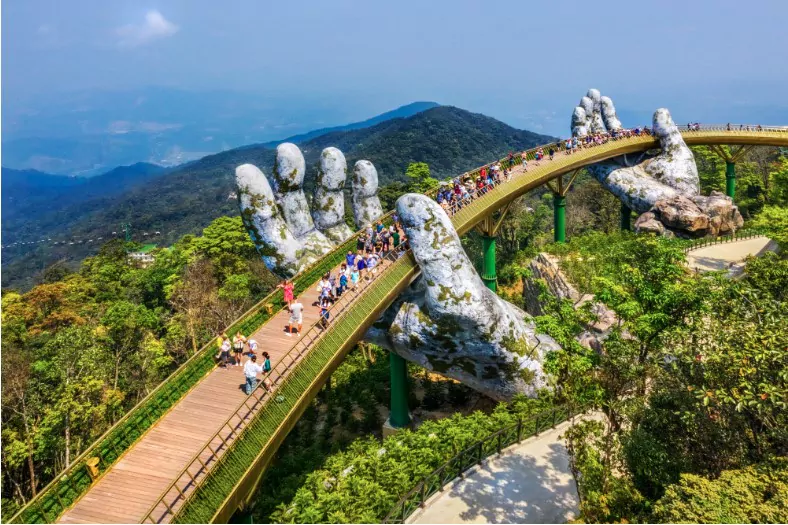
Vietnam, a country known for its breathtaking landscapes, rich history, and vibrant culture, is a top destination in Southeast Asia. With its diverse geography that includes the mountainous far north, the fertile plains of the Mekong Delta in south Vietnam, and the stunning central coastline, the best time to visit Vietnam can vary depending on where you plan to travel within the country. Understanding Vietnam’s weather, seasonal activities, and cultural festivals is crucial for planning your trip. This guide delves into the ideal times to explore Northern, Central, and Southern Vietnam, ensuring you experience the best of each region.
1 Understanding Vietnam Weather: A Tropical Climate
Vietnam’s tropical climate is characterized by the rainy season and the dry season. However, the weather varies significantly from north and south Vietnam. The northern and central Vietnam regions experience a more temperate climate, with four distinct seasons, while the weather in southern Vietnam is generally warm year-round with a more pronounced wet season and dry season.
2 Best Time to Visit Northern Vietnam
Hanoi and the Mountainous Far North
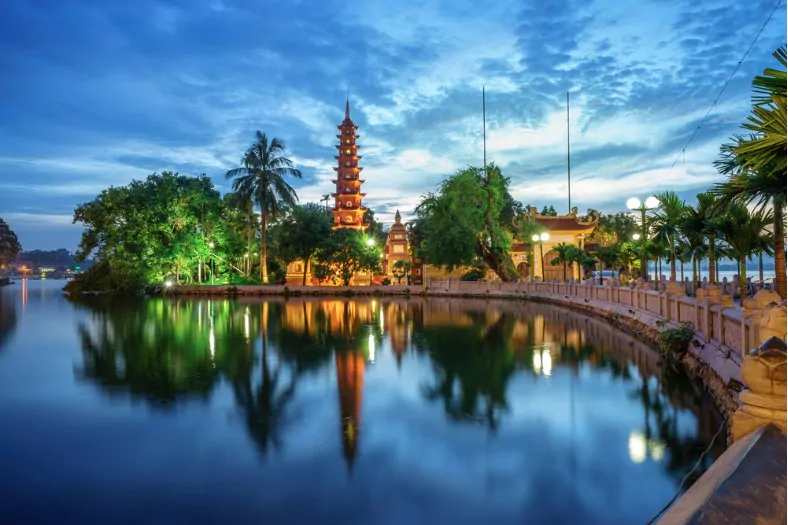
The best time to visit north and central Vietnam, particularly Hanoi and the mountainous regions, is during the spring (March to April) and autumn (late September to December). These periods boast pleasant weather with cooler temperatures, sunny skies, and less rainfall, ideal for outdoor activities and visiting iconic sights like Halong Bay. The winter months (January and February) can be surprisingly cool for North Vietnam, especially in the mountains, so warm clothes are advisable.
Halong Bay Cruise
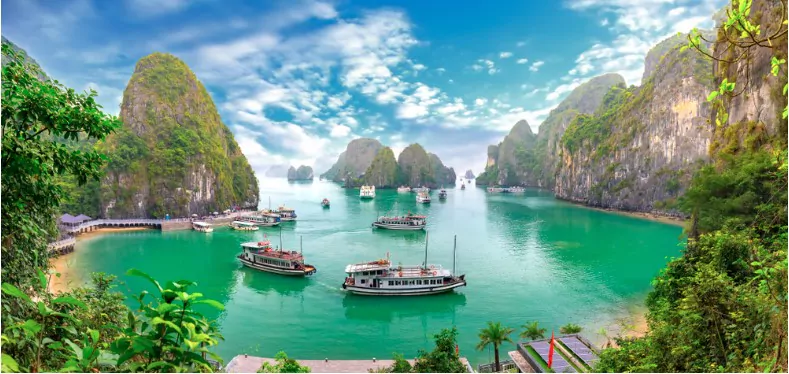
For a Halong Bay cruise, consider visiting between March and June or from September to November. During these times, you’ll likely experience blue skies and perfect conditions for cruising and exploring the limestone islands dotting the bay.
Summer Season
Starting in May, the summer months bring hot and humid conditions, with temperatures peaking in June and July. This time is ideal for trekking in the mountainous regions, though be prepared for occasional heavy downpours.
Autumn (September to November)
Autumn marks a perfect time to visit North Vietnam, especially for a Halong Bay cruise. The weather is cooler and less humid with sunny skies, making it great for outdoor activities and sightseeing.
3 Visit Central Vietnam
Hue, Da Nang, and Hoi An
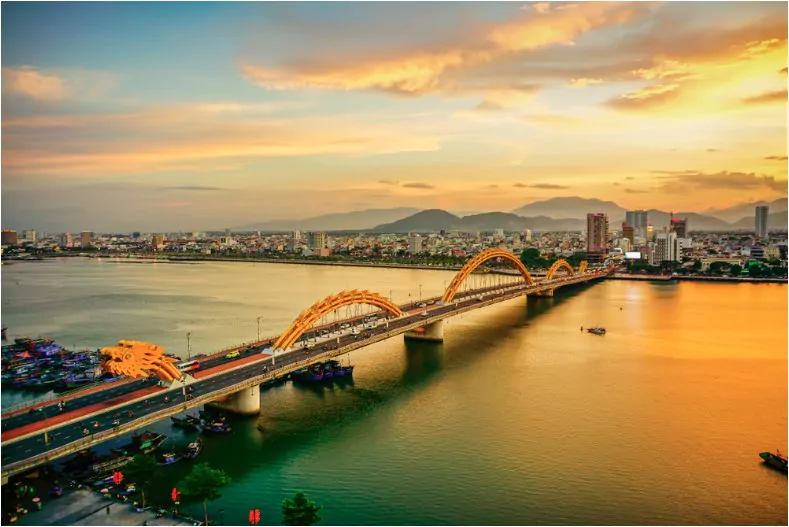
Central Vietnam, encompassing Hue, Da Nang, and Hoi An, is best visited from January to August. These months offer sunny weather and less rainfall, making it a great time for beach holidays and exploring the ancient towns. The central coast, however, can experience typhoon season from September to December, often bringing stormy weather.
Central Highlands
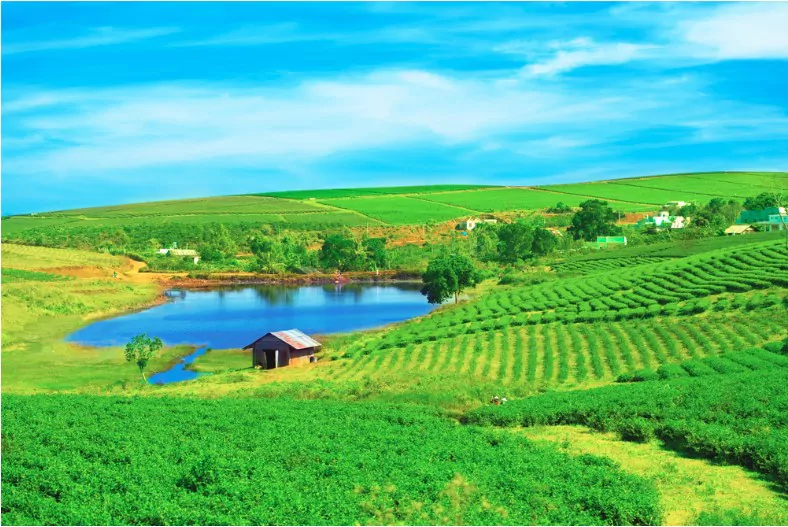
For those looking to visit the Central Highlands, the dry season from November to April provides the best conditions for trekking and cultural exploration.
Best Time to Visit Central Vietnam
The period from February to April, with moderate temperatures and minimal rainfall, offers the best weather conditions for exploring the central highlands and the beautiful central coast.
4 Exploring Southern Vietnam
Ho Chi Minh City and the Mekong Delta
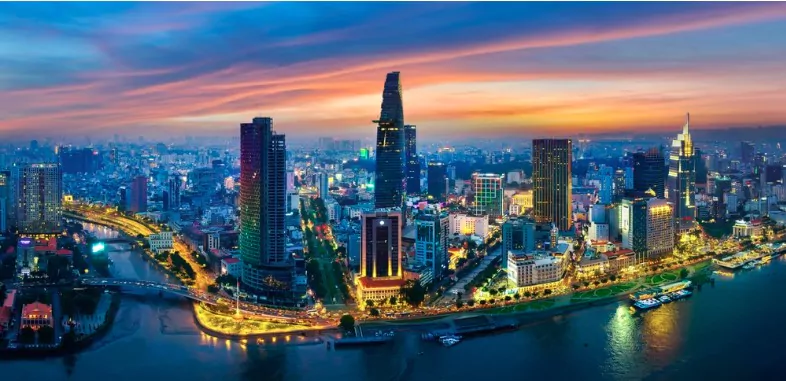
Southern Vietnam, including Ho Chi Minh City and the Mekong Delta, is hottest and most humid from March to June. However, the best time to visit South Vietnam, especially for cooler temperatures and dry weather, is from December to April. The rainy season runs from May to November, but showers are usually short and won’t significantly disrupt travel plans.
Phu Quoc and Southern Islands
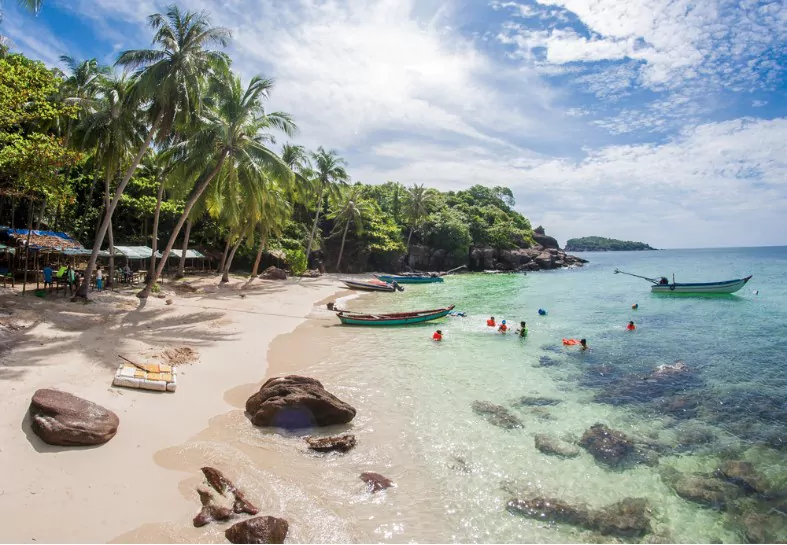
For beach lovers, the best time to enjoy destinations like Phu Quoc and other southern islands is during the dry season, from November to April, when you can expect sunny days and perfect beach weather.
5 Vietnam Peak Season and Off-Peak Seasons
Tourist Seasons
Vietnam’s peak tourist season coincides with cooler, dry weather, particularly around December to late January for most of the country. The Tet holiday (Vietnamese New Year), usually in late January or early February, sees a surge in local and international travelers, making early bookings essential.
The low season, typically during the summer months and rainy season, offers fewer crowds and lower prices, though be prepared for hot and humid conditions, especially in the south.
6 Festivals and Cultural Events
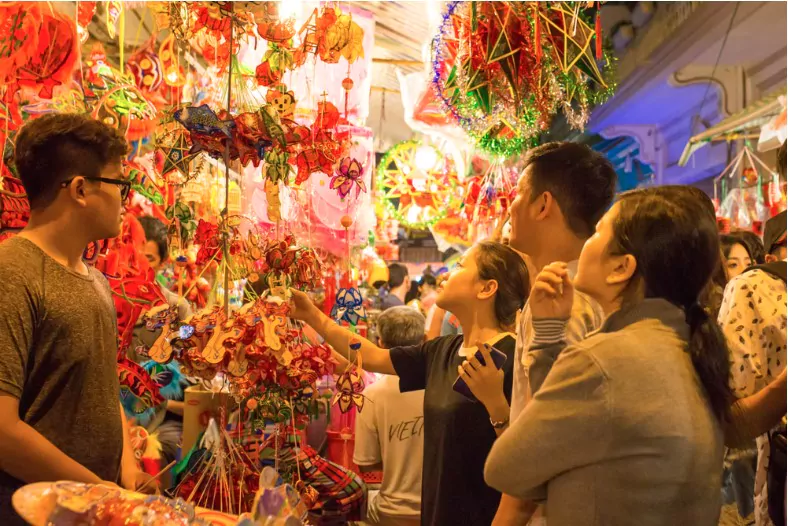
Vietnam celebrates many festivals throughout the year, with the Mid-Autumn Festival and International Labour Day being significant. These cultural events can offer a deep insight into Vietnamese traditions but also mean crowded destinations and higher prices.
Considerations for Specific Activities
- Beach Holidays: For beachgoers, the best time to enjoy the beaches in places like Nha Trang, Phu Quoc, and the central coast is from March to May, when you can expect blue skies and perfect beach weather.
- Cruising in Halong Bay: A Halong Bay cruise is best enjoyed from March to May or during September and October for clear views and pleasant cruising conditions.
- Trekking: Trekking in the mountainous far north is ideal from September to November or from March to May when the weather is more favourable, with cooler temperatures and less rain.
- Exploring the Mekong Delta: Visit the Mekong Delta from November to January for the best experience, avoiding the high waters and flooding of the rainy season.
7 Wrapping Up: When to Plan Your Vietnam Tours
The best time to visit Vietnam largely depends on the regions you’re interested in and your personal preferences for weather conditions. Each part of Vietnam, from the mountainous far north to the fertile Mekong Delta in the south, offers unique experiences in different seasons.
For pleasant weather and a chance to see the country at its best, aim to visit central and southern Vietnam during the dry season (December to April) and northern Vietnam in either spring or autumn. However, visiting during the off-peak season can also be rewarding, with fewer tourists and more interaction with locals.
Remember, the beauty of Vietnam is that it’s a year-round destination, offering diverse experiences whether you’re cruising through Halong Bay, exploring the central highlands, or relaxing in Ho Chi Minh City. Plan accordingly, and you’re set for an unforgettable journey in this Southeast Asian gem.
Community Q&A
About This Article
This article has been viewed 132 times.


